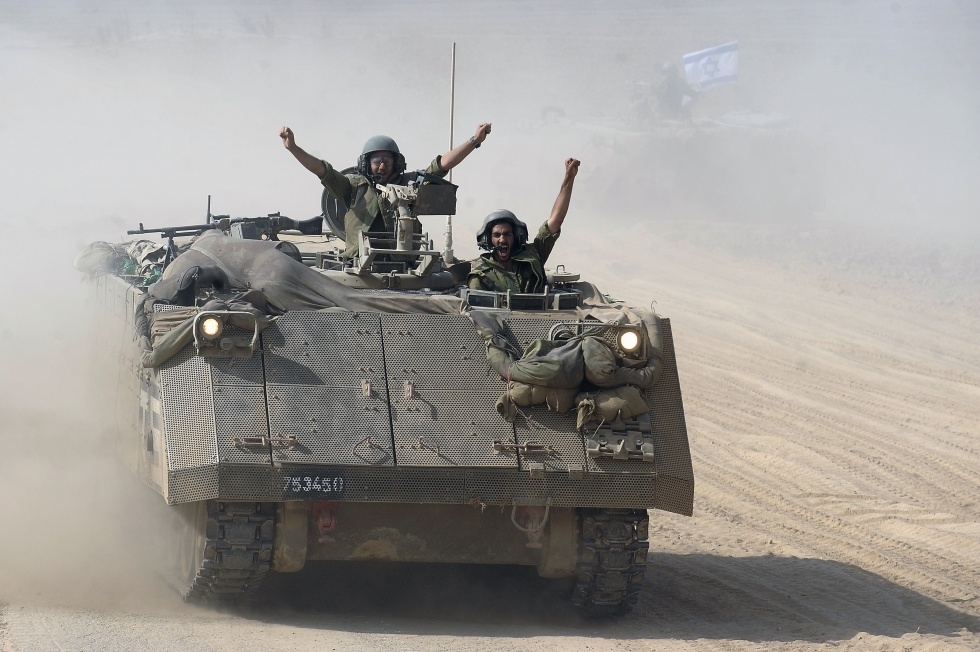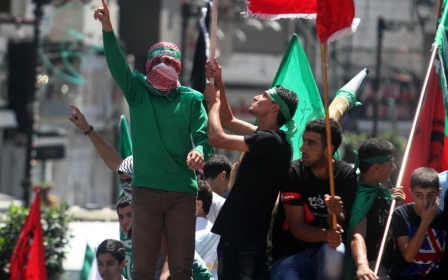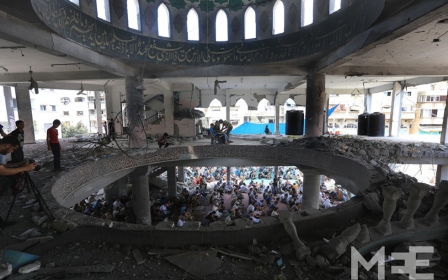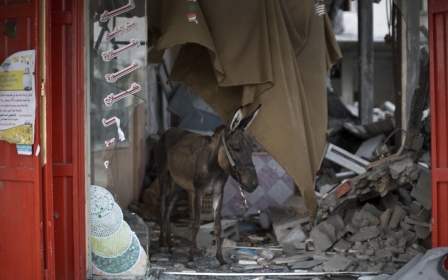Gaza: a testing ground for Israeli military technology

Israel may be a relatively small state, but it is the largest per-capita weapons exporter in the world. The Israeli arms companies have the advantage in marketing their products around the world, because they can claim that their products have been tested in actual combat.
Senior officers of the Israeli army often pursue a second career in the arms industry after retiring from service, and as soldiers they already have the opportunity to perform valuable services to their future employers, by testing weapon systems developed by the arms companies, by convincing the Israeli government and public of the necessity of such technologies for military victory, and by offering praise to the companies producing these weapons.
Trade fairs for military technology and for homeland security equipment are commonplace in Israel, especially after each round of bombardment and/or invasion of Gaza. The advertising line repeated by the companies in these trading fairs to promote their wares is that “the IDF already uses that technology.”
The Israeli arms industry operates in close cooperation with its bigger sister in the US. The military aid the US gives to Israel ensures this cooperation, and every conflict in the Middle East contributes more to the profits of US arms giants (such as Boeing, General Dynamics, Lockheed Martin, and Raytheon) than to the Israeli arms companies.
Gaza the Soft Target
Wars have a civilian cost and most sectors of the Israeli economy, which are not directly tied to the arms sector, suffer from the constant conflict in which Israel is embroiled. The struggle of the distribution of the limited public resources has intensified over the years, and while the Ministry of Defense continues to demand a growing share of the pie, the general public is frustrated with stagnant or even a decreasing standard of living. This discontent has reached a peak with the social protests of the summers of 2011 and 2012. Yet every call in Israel to cut the defense budget has been silenced with violence, violence against Palestinians or against the Lebanese. When the winds of war blow, all talk about cutting the defense budget falls silent.
After the 2006 war against Lebanon, which was a humiliation for the Israeli army, the Israeli government sought to focus its aggression on the Gaza Strip. Gaza is small, contained and densely populated, and did not have the ability to defend itself in comparison to Hezbollah’s ability to defend Lebanon in 2006.
Since then, a clear pattern emerged, according to which the Israeli army launches an attack against Gaza every 2 years. The army thus successfully avoided budget cuts, arm companies increased their profits, and by 2012 the Israeli weapons exports have reached a peak of US $ 7 billion.
Not so soft anymore
In the previous attack of November 2012 “operation Pillar of Defense,” the star of the show was the “Iron Dome” anti-rocket system. The Iron Dome missiles, which cost US $ 50-100 thousand each, intercepted the makeshift rockets from Gaza which cost little more than US $ 1,000 to make. Nevertheless, the system successfully allowed Israelis to continue in their daily routines while defenseless people in Gaza are killed at a whim, an achievement which seems attractive to many governments and armies around the world. Their demand for Israeli weapons depends on such asymmetrical warfare. The Hamas party in Gaza understands this fully well and tried to break the cycle. They offered a cease-fire at the very beginning of the Israeli attack, offering a 10-year cessation of attacks against Israel, in exchange for lifting the siege. This seemed to be what the Israeli government wanted. After all, Israeli justified the siege merely as a protective measure against Palestinian attacks, but Hamas knew that Israel would never accept their offer. The Israeli arms industry would lose its edge if it were to go10 years without testing its weapons.
In the face of widespread destruction in Gaza and almost 2,000 dead, it is easy to overlook the fact that this war of the summer of 2014 has not been easy on the Israeli side either. Not only has the war taken a heavy toll on the Israeli economy, but it has shown that despite Israel’s superior military technology, it cannot defeat Hamas and cannot achieve its strategic objectives. The excessive violence which Israeli soldiers used indicates how the image of “surgical precision” boasted by the companies is of little worth when an entire population under occupation has every reason to rise up against Israeli domination, and everyone is a suspect.
Without mechanisms to discipline Israeli soldiers who point their fire at civilians, Israeli soldiers turn increasingly brutal, and the list of atrocities grows longer. Any hopes that advanced weaponry would allow Israel to wage a “clean” war, to avoid political and legal ramifications from mass civilian death were dashed. Already the UK, Spain and even the U.S have taken steps to distance themselves from Israel’s arms industry and to increase control of arms shipments to Israel.
Inequality and war profits
Nevertheless, the Israeli economic newspapers have published a series of articles on the new contracts won by Israeli arms companies and the finance raised in large-scale bond issue by companies such as Elbit Systems and IAI. Bezhalel Machlis, CEO of Elbit Systems, mentioned in an interview that all of Elbit’s products have been used in the current operation in Gaza. But the Israeli military has not tested Israeli-made weapons in a conventional war for over forty years. The Israeli army specializes in asymmetrical warfare, in repression of protest and of guerilla groups. Therefore, the demand for Israeli arms is highest among governments facing high inequality and social unrest. It is no coincidence that the largest customers of Israeli arms are India, Brazil and the US.
In fact, the Gaza Strip becomes more than a laboratory for Israeli explosives. It is a laboratory for a social experiment in which an entire population is incarcerated and isolated, controlled from the land, the sea and the air, and sustained with the assistance of international aid (for which Israel doesn’t have to pay). Arms companies promise that they have the means to contain the Palestinian resistance, and keep the population subjugated. But if they are successful, and keep selling the weapons to other countries, one wonders who the next subjects of this containment policy will be.
-Shir Hever is a graduate student at the Free University of Berlin, and an economist with the Alternative Information Center.
The views expressed in this article belong to the author and do not necessarily reflect the editorial policy of Middle East Eye.
Photo: Israeli soldiers wave from their armoured personnel carrier (APC) rolling along Israel's border with the Gaza Strip on August 5, 2014 (AFP)
New MEE newsletter: Jerusalem Dispatch
Sign up to get the latest insights and analysis on Israel-Palestine, alongside Turkey Unpacked and other MEE newsletters
Middle East Eye delivers independent and unrivalled coverage and analysis of the Middle East, North Africa and beyond. To learn more about republishing this content and the associated fees, please fill out this form. More about MEE can be found here.





